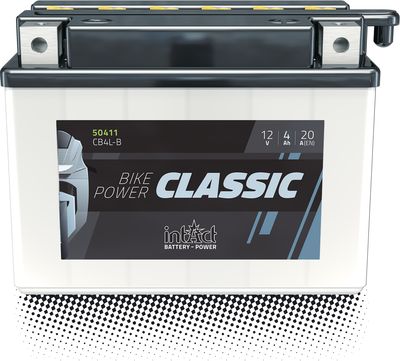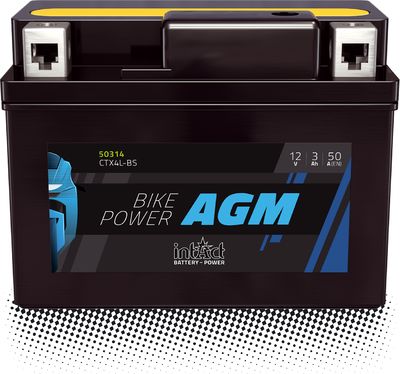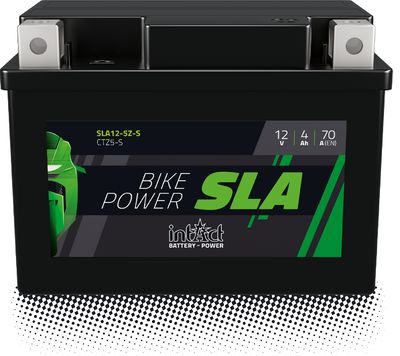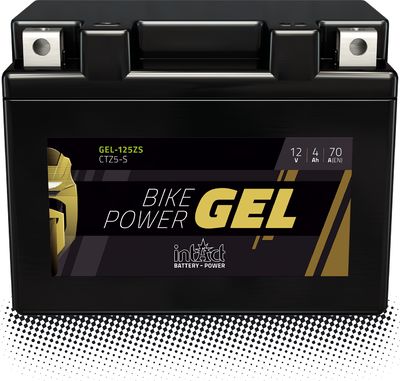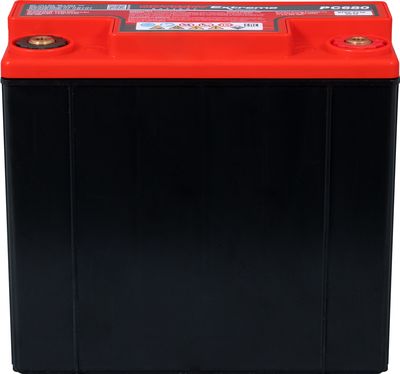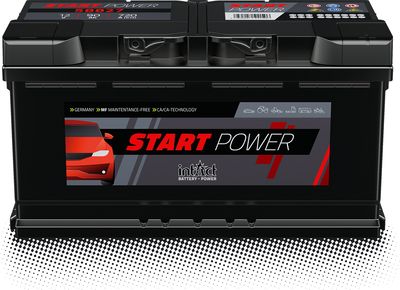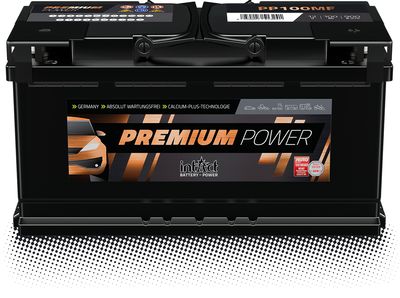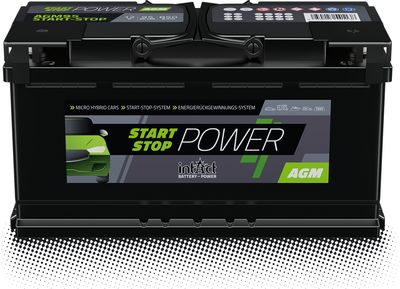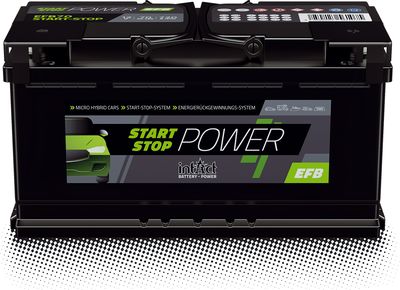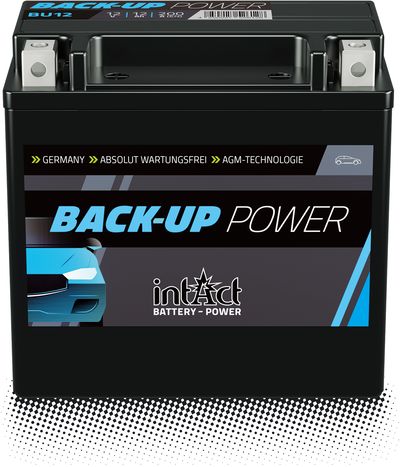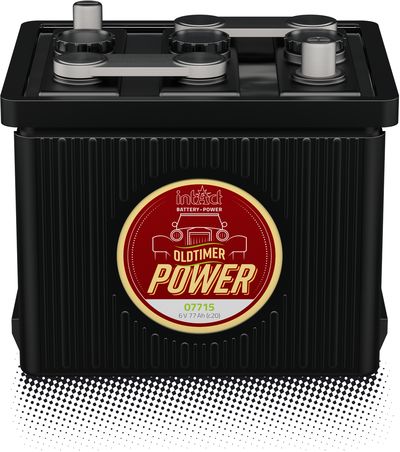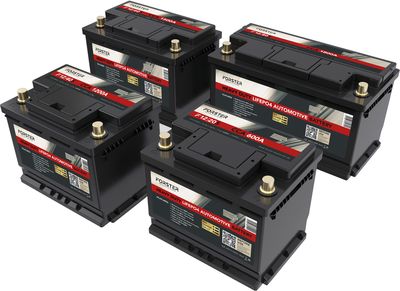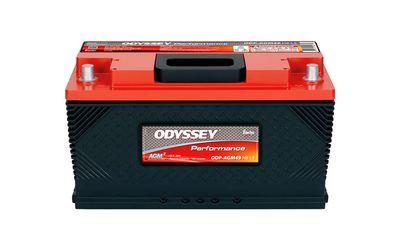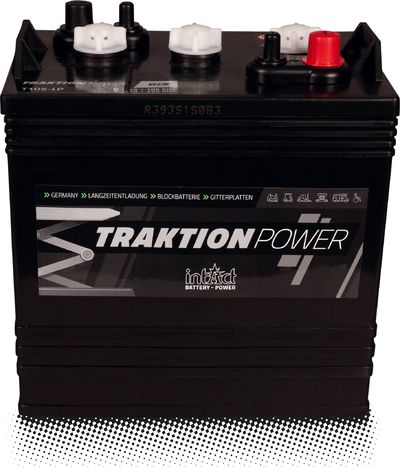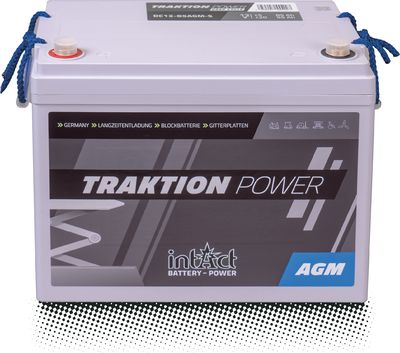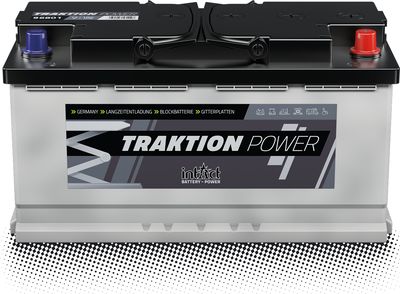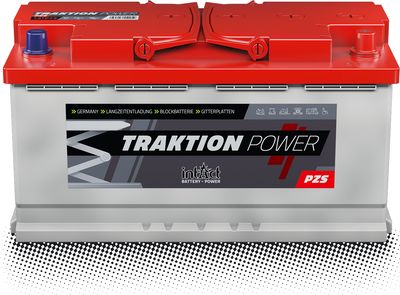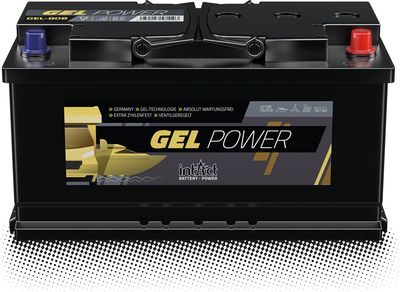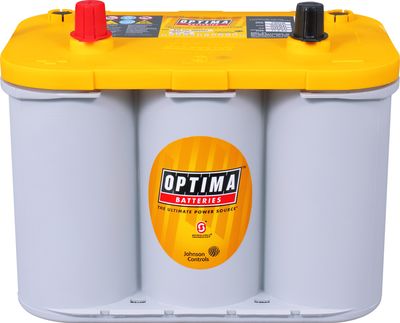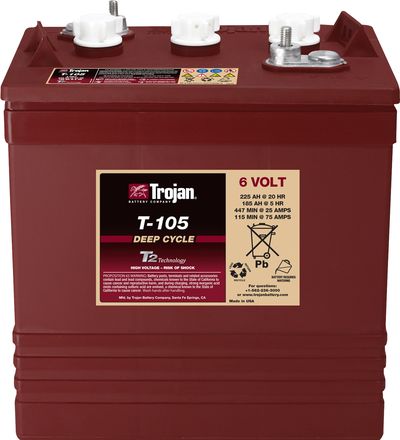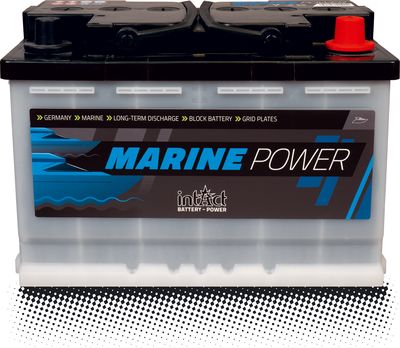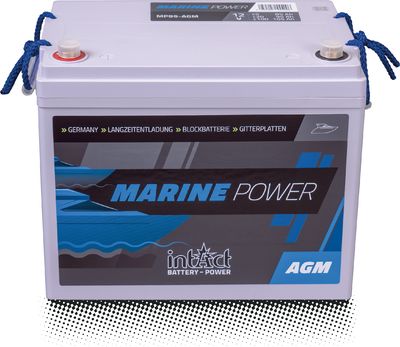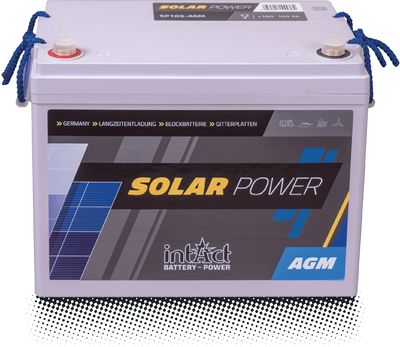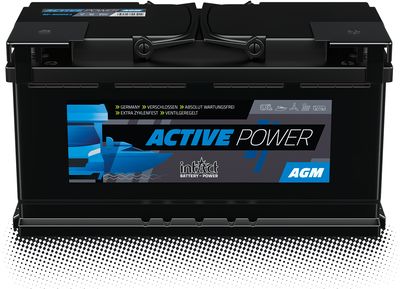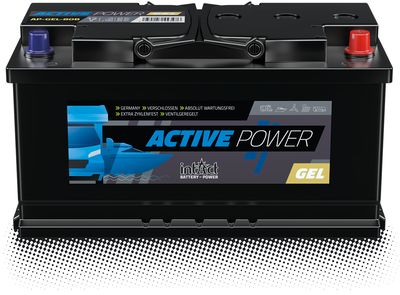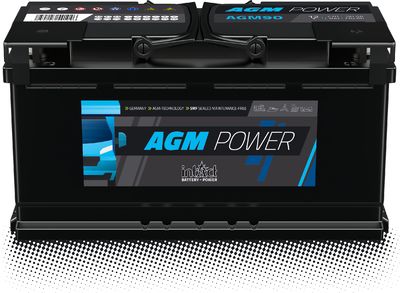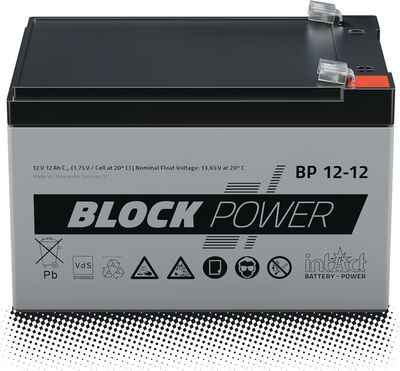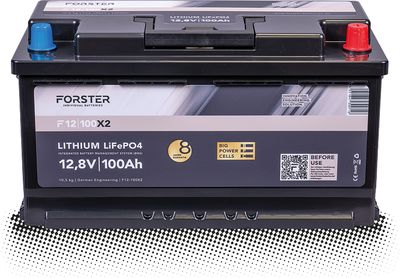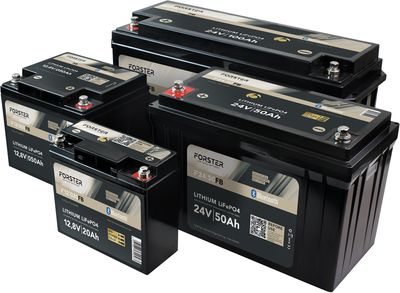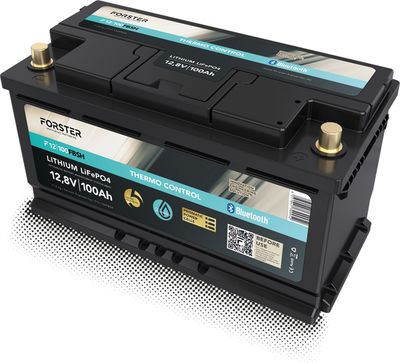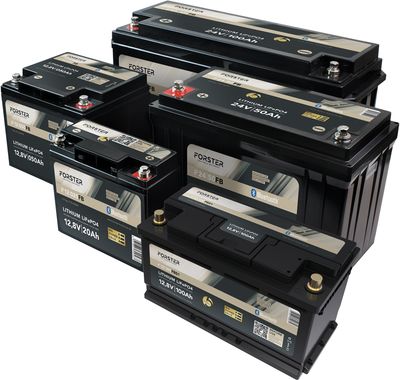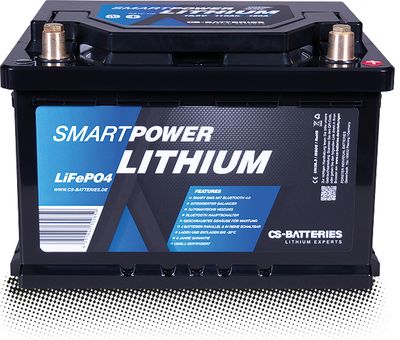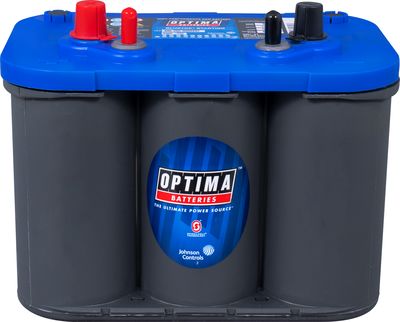Battery check
How do you recognize
a defective battery?
Even from the outside, you can tell a lot about the condition of a battery. Whether it is still worth recharging the battery or starting other rescue attempts. Or whether it is already dangerous and it is better to stay away with the charger.
How do you recognize a defective battery?
When to check?
- With a short check before charging
- When used in particularly harsh environments or when subjected to strong vibrations,
- Otherwise, generally two to three times a year
- Always when replacing a battery.
With installed batteries, you can often only see the top. Nevertheless, it is always worth taking a look at the box when replacing a battery, because easily identifiable problems provide clues to failure causes and thus precautionary options.
What should you look at?
- Jiggle the terminals, check if they are firmly seated.
- Is there white powder on the terminals? This indicates heavy gassing of the battery, sulfate has settled here and electrolyte has been lost.
- Has the terminal grown? Is it sitting crooked on the battery? Is it slightly dented at the bottom of the box? are the poles still firmly anchored to the battery support plate. Loose terminals transmit voltage poorly. The box may already be damaged.
- Are the labels wavy? Probabaly the battery was exposed to quite high temperatures during operation or charging.
- The box may also be deformed by extreme temperatures.
- Does the box have a crack? A stress crack can be caused by external influence.
- Only in the case of low-maintenance batteries: Remove some acid with the acid lifter. Healthy acid is clear. If discolored, something is always wrong.
- Reddish-brown acid indicates sulfation due to deep discharge.
- Black acid indicates too high temperatures. Burnt active mass has been deposited here.
Still salvageable?
If there are already deposits on the poles or problems with the fitting of the poles or the box itself, only replacement will help.
But before that, there are things you can do:
- Tighten the clamps.
- Tighten the terminals if this is possible on the battery.
- Properly recharge battery to avoid deep discharges, battery overload and sulfation.
- Special chargers with boost charge can "revive" sulfated batteries. For this, it is best to contact a workshop.
- Protect the battery from extreme temperatures during charging and operation to avoid gassing, overcooking and consequent loss of electrolyte.
- Check battery box and installation space for stones etc. before installation to avoid damage.
- And of course, perform regular maintenance, i.e. refill with distilled water if possible with your battery.
From time to time, checking whether the battery is still there and what it looks like is not a mistake. Sometimes you can still save it, sometimes it's better to leave it alone. And think carefully about what the battery must withstand, and which is best suited for it.
